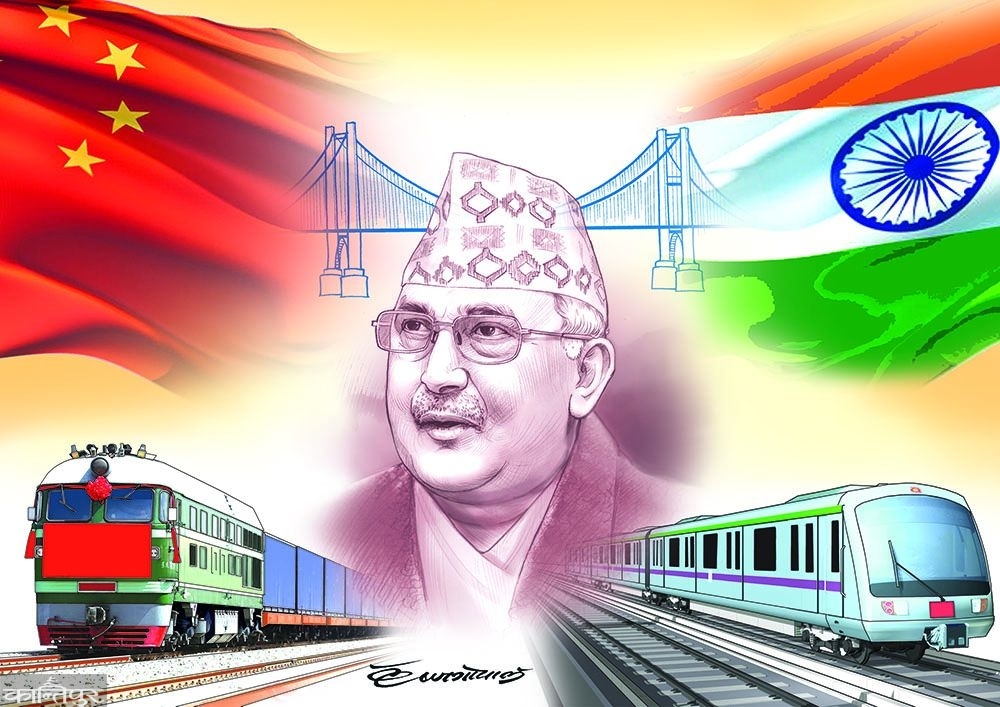Implementation of Constituency Development Programme has been discouraging in terms of community participation.
Published at : August 28, 2016 on kathmandupost.com
Although MPs are primarily elected in order to pass laws and oversee national development policies, they also have some local responsibilities. Along with their legislative role, they should be in closer contact with their constituency.
The beauty of democracy is to enable a welfare state through executive, legislative and judicial power-sharing at the national level while facilitating individualised services to the people locally. While the establishment of the Constituency Development Programme (CDP) is a well-intentioned initiative to address local development, it has to ensure that the separation of powers is not breached by the Member of Parliament (MPs), who are primarily responsible for enacting laws and overseeing the executive during the implementation process.
Not the right way
The CDP implementation mechanism has to undergo three phases: project selection, project execution, and finally monitoring and oversight. The project selection process of the CDP must take into account a few considerations so that the CDP funds are spent where they are most needed and in compliance with the standards set in the national legislation. But in Nepal, the CDP funds are more often than not directed towards only those communities that support the party of the constituency’s MP. Moreover, as the selection process in Nepal does not follow the 14-step participatory planning process to ensure selected projects address peoples’ needs, it weakens the regular project selection mechanism of local government and grants unnecessary power to MPs for project selection—creating two different, parallel, mechanisms in local development: the regular development process and CDP financing.
Furthermore, the provisions of the Constituency Area Infrastructure Special Programme (CAISP) directive, which make MPs the head of the Programme Direction and Management Committee, raise questions about their accountability at the local level. A lack of diversity in project types, direct involvement of MPs, political bias in implementing projects, and a lack of inter- and intra-community political discussions about the development needs of the constituencies have been observed in the country. These practices have further created room for the misuse of CDP funds and mismanagement of projects.
Conflict of interest
Specific infrastructure projects under the CDP allow for implementation via either a User Committee or a contractor, although in practice, emphasis has been given to User Committees for implementing projects. But the unclear provisions of the CAISP directive have created multiple loopholes and ample space for non-compliance. Additionally, User Committees often do not have the administrative experience or capacity to manage CDP projects. As a result, project implementation often suffers from mismanagement and is vulnerable to misuse.
Another stated objective of the CAISP is to enable maximum community participation in project implementation, decision-making and auditing. But this does not happen as foreseen in the government directives. In particular, meaningful participation of women, Dalits, and marginalised people in decision-making process is low. Most of the User Committees still suffer from elite capture, and are formed by ignoring the UC directive’s requirements. As such, the CDP implementation in the country has not been encouraging in terms of community participation.
For the monitoring and oversight phase, the CAISP directive has given the role of the coordinator to MPs from proportional representation and assigned MPs from first-past-the-post to chair the committee if they did not exist previously in the particular area. This results in a conflict of interest. This provision has ignored the universal rule of democratic governance that a single person or institution cannot be included in implementation and supervision. Monitoring and oversight should provide a check and balance to project implementation. The current mechanism fails to assure quality of projects. However, in a few cases, third party monitoring practices have been initiated—a practice that should be replicated widely.
Still a Success
A positive aspect of the CAISP is the growth in inter- and intra-party and the district level political leaders’ discussions on the developmental needs of their community. Despite the fact that MPs are primarily elected in order to pass laws and oversee national development policies, they have some local responsibilities as well. Along with their legislative role, they should be in closer contact with their constituency and should hear their aspirations. The CAISP has been one way for MPs to keep in touch with their voters.
Almost all projects financed under the CDP require rigorous technical assistance, but the existing mechanism seeks technical and administrative inputs from local bodies despite not directing the resources needed for them to acquire skills for the job. This hinders project implementation due to the lack of dedicated technical staff in local bodies to oversee and manage projects. According to government records, almost 99 percent of CAISP funds have been invested in the last fiscal year while the total development expenditure of the central government has not exceeded 20 percent for a decade. So CAISP funds have become the catalyst for local infrastructure development. During an interaction at the constituency level, almost 99 percent of the respondents expressed the wish to continue the CAISP with some corrective measures. Therefore, CDP is generally achieving its goals but it should be improved by selecting projects on the basis of community needs, building capacities of human resources for proper implementation according to the directives, and ensuring robust oversight without a conflict of interest.
Bhattarai is Senior Programme Officer at Federation for Good Governance Nepal, a non-profit advocacy organisation









No comments:
Post a Comment